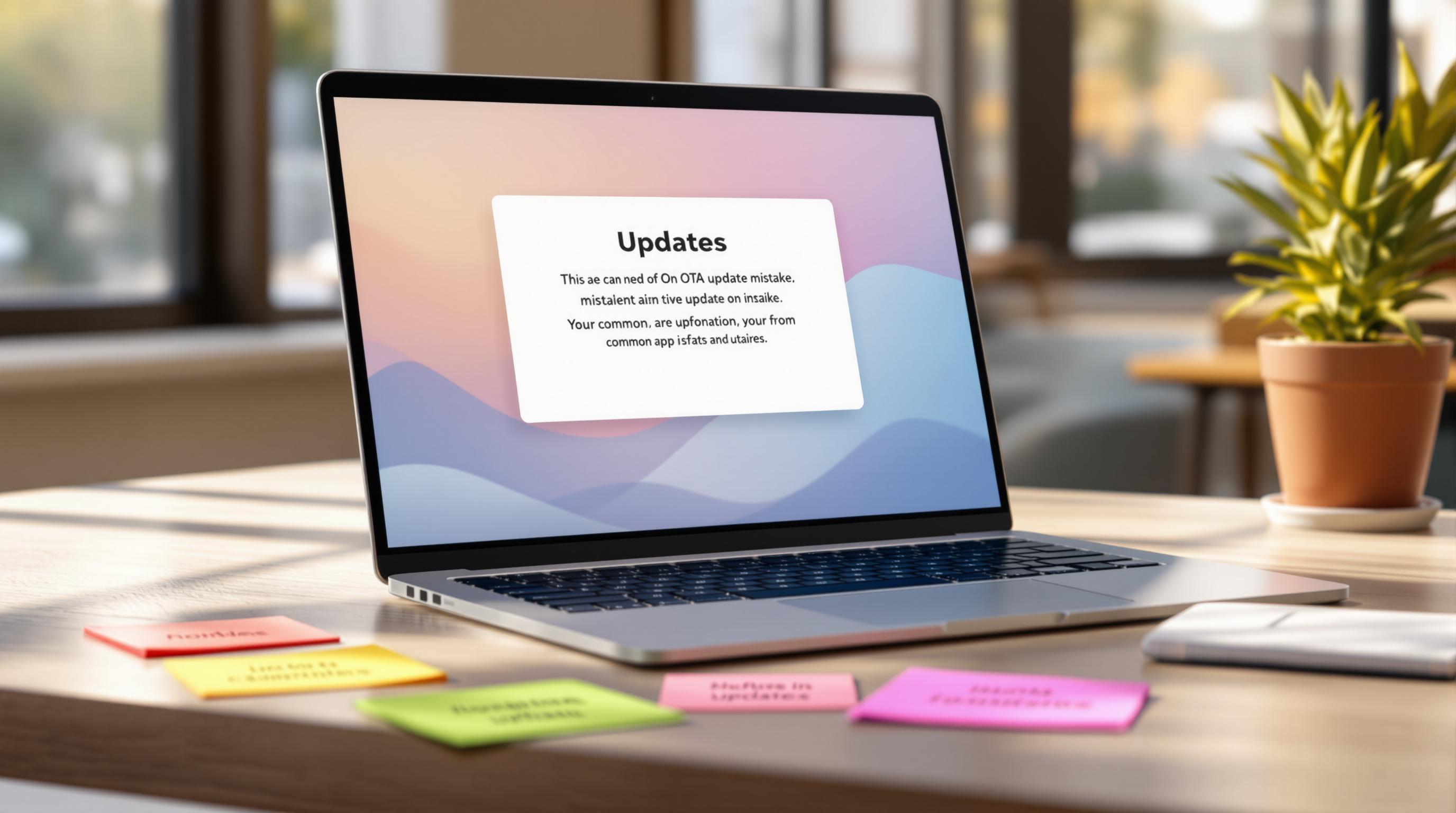Want to update your Capacitor app without app store delays? Over-the-Air (OTA) updates let you push fixes, new features, and improvements directly to users in real time. Here’s how you can schedule them effectively:
-
What are OTA Updates? They allow you to deliver app changes directly to users, downloading only updated parts to save time and bandwidth.
-
Why Schedule Updates? To fix bugs quickly, roll out features gradually, and enhance user experience with minimal disruption.
-
How to Get Started: Install the Capgo plugin using
npx @capgo/cli init, integrate with your CI/CD pipeline, and configure secure connections and analytics. -
Best Practices: Use phased rollouts, schedule updates during off-peak hours, and monitor performance with real-time metrics.
Key Stats: 95% of active users adopt updates within 24 hours, with an 82% global success rate. Average download speed for a 5 MB bundle is 114 ms.
Read on to learn how to set up, schedule, and track OTA updates for your Capacitor app.
Setup Requirements
Required Tools and Settings
To get started with scheduled OTA updates, you’ll need to install some key tools and set up configurations. Begin by installing the Capgo plugin using your package manager of choice:
npx @capgo/cli initThis command sets up the necessary components for OTA updates, including:
-
End-to-end encryption to ensure secure updates
-
Version control to manage update rollouts
-
Error tracking to identify and address issues quickly
Once the core setup is complete, you can move on to integrating your OTA update platform.
OTA Platform Integration
Integrating an OTA platform is crucial for managing scheduled updates efficiently. Here’s how to do it:
-
Secure your connection by setting up authentication keys and tokens.
-
Track versions to ensure updates are properly managed and deployed.
-
Set up analytics to monitor how updates perform in the field.
-
Integrate your CI/CD pipeline into your existing workflow for smoother operations.
“We configure your CI/CD pipeline directly in your preferred platform, whether it’s GitHub Actions, GitLab CI, or others. We don’t host CI/CD or charge you to maintain it.” – Capgo [1]
For enterprise-level needs, Capgo supports integration with major CI/CD systems. Their platform has been successfully used in 750 production apps, managing over 23.5 million updates to date [1].
Here are some performance benchmarks [1]:
-
Average download speed: 114 ms for a 5 MB bundle
-
API response time: 434 ms globally
-
Update success rate: 82% worldwide
Explore Capgo’s New Ionic Capacitor Live Update …
Planning Update Schedules
Once the tools are in place, the next step is deciding when and how updates will be rolled out.
Timing Considerations
Scheduling OTA updates requires analyzing user behavior and technical factors. For example, releasing updates during off-peak hours - based on your users’ global activity patterns - can help reduce interruptions during busy periods. Additionally, server capacity and network conditions should be factored in to ensure smooth delivery. These considerations play a key role in making updates run efficiently [1].
Update Schedule Guidelines
Using a phased rollout approach can make updates more manageable. Begin with a beta release to a small group of users, then gradually expand to the full user base. This method often relies on channel systems, allowing for controlled distribution. It also enables real-time monitoring and quick rollbacks if any issues arise.
“We rolled out Capgo OTA updates in production for our user base of +5000. We’re seeing very smooth operation almost all our users are upto date within minutes of the OTA being deployed to @Capgo.” [1]
Update Management Steps
Successfully managing scheduled OTA updates requires careful code implementation, error handling, and thorough testing to ensure everything runs smoothly.
Update Schedule Code
Here’s how you can set up automatic background updates with a simple script:
import { CapacitorUpdater } from '@capgo/capacitor-updater'
async function scheduleUpdate() { try { // Check for updates const { bundle } = await CapacitorUpdater.download({ version: 'latest' })
// Schedule installation during off-peak hours await CapacitorUpdater.schedule({ bundle, time: '03:00' // Schedule for 3 AM local time }) } catch (error) { console.error('Update scheduling failed:', error) }}This script integrates directly with your OTA setup, ensuring updates are timed effectively and deployed without disruptions.
Error and Rollback Handling
Capgo offers built-in tools to handle errors and rollbacks, ensuring that any issues during updates are quickly resolved. If an update fails, the system can automatically revert to a stable version:
async function handleFailedUpdate() { try { // Revert to last known stable version await CapacitorUpdater.rollback()
// Log rollback event console.log('Update rolled back successfully') } catch (error) { console.error('Rollback failed:', error) }}These features help maintain app stability by seamlessly restoring previous versions when needed. Always combine this with pre-release testing to minimize risks.
Pre-release Testing
Once error-handling mechanisms are in place, testing becomes the next critical step. Capgo provides dedicated test channels for beta deployments, allowing you to:
-
Release updates to internal testers first
-
Gather performance data and feedback
-
Gradually expand to a larger audience
“@Capgo is a must have tools for developers, who want to be more productive. Avoiding review for bugfix is golden.” - Bessie Cooper [1]
Capgo also supports user access control, making it easier to assign permissions and monitor specific groups during testing. Use the platform’s analytics to track performance and decide the best time for a full rollout [1].
Update Performance Tracking
Keeping an eye on OTA update performance helps refine your schedule and ensures smooth delivery.
Update Metrics
Measuring key performance indicators (KPIs) is essential for assessing your update strategy. Recent data from Capgo’s analytics platform highlights the following benchmarks for successful OTA updates:
| Metric | Target Benchmark | Industry Average |
|---|---|---|
| 24-hour Adoption Rate | 95% of active users | 82% worldwide |
| Update Download Speed | Under 500ms | 434ms average |
| Bundle Download Time (5MB) | Under 150ms | 114ms via CDN |
You can integrate these metrics into your workflow with the following code snippet:
import { CapacitorUpdater } from '@capgo/capacitor-updater'
async function trackUpdateMetrics() { const stats = await CapacitorUpdater.getUpdateStats({ version: 'latest', timeframe: '24h' })
console.log('Update adoption rate:', stats.activeUsers) console.log('Download success rate:', stats.successRate)}These KPIs provide a solid foundation for improving your update strategy.
Schedule Optimization
Timing plays a big role in update success. Deployment data suggests these scheduling practices:
-
Off-peak Hours: Roll out updates between 1 AM and 4 AM local time.
-
Gradual Rollout: Begin with 10% of users and expand gradually over 24 hours.
-
Geographic Distribution: Spread updates across time zones for better coverage.
Key factors to monitor for schedule optimization include:
-
Completion time for updates
-
Network performance metrics
-
Regional error rates
-
User engagement after updates
Real-time analytics can help you quickly address any issues. Tools like error tracking ensure a 95% success rate within the first 24 hours of deployment [1].
Summary
OTA updates can boost app performance by delivering updates quickly and securely [1]. Here are some key takeaways from our guide:
-
Secure Deployment: Use staged rollouts through dedicated update channels to ensure controlled delivery [1].
-
Performance Monitoring: Keep an eye on update success rates and essential metrics to fine-tune the process [1].
-
Rollback Protection: Set up automated error tracking to enable quick rollbacks if needed [1].
Since 2022, the landscape of OTA update solutions has grown significantly. For instance, Capgo has managed over 23.5 million updates across 750 production apps [1]. When combined with CI/CD integration and real-time analytics, these practices provide a solid OTA update strategy for your Capacitor app workflow.




